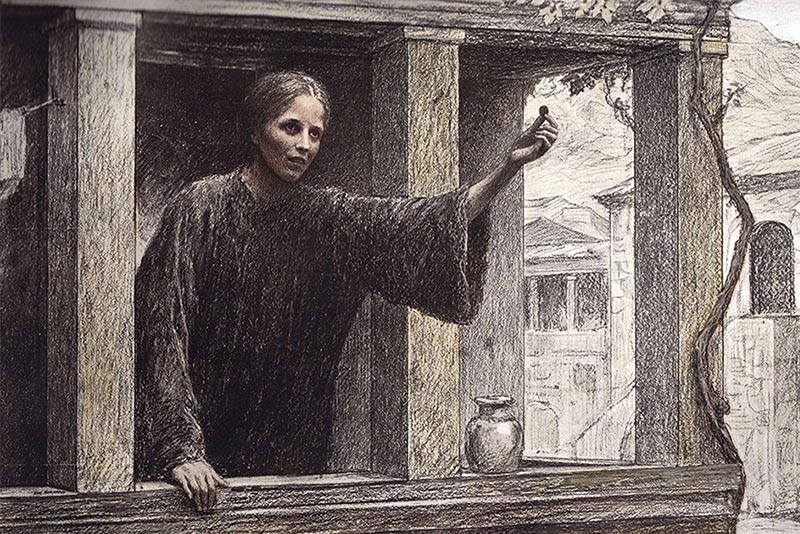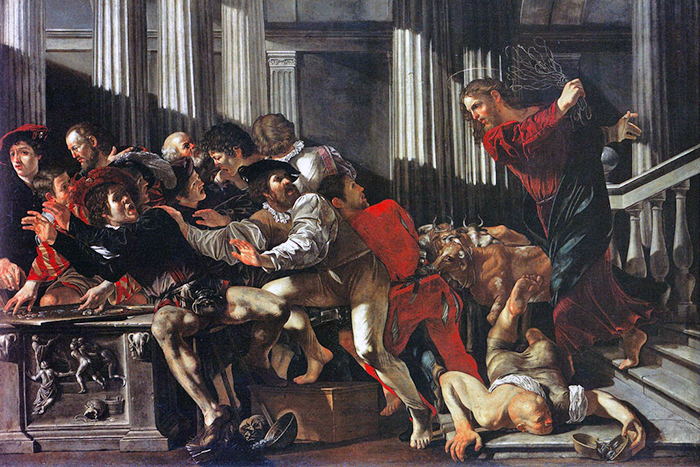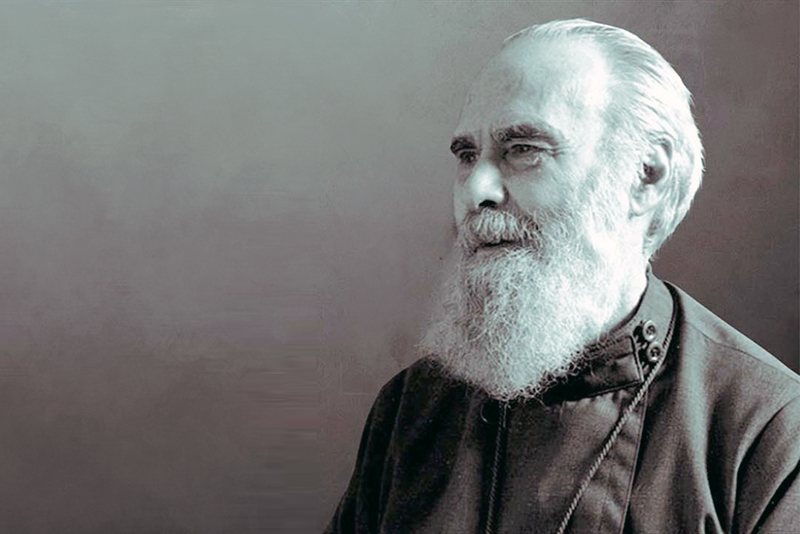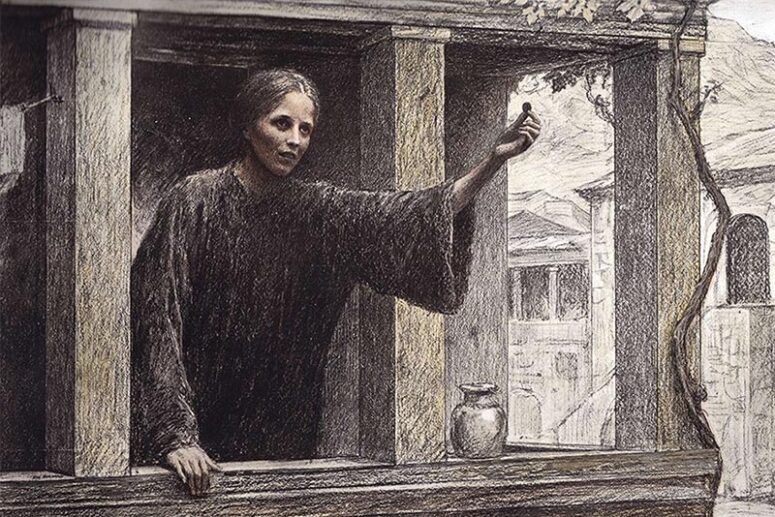
In his parables, Christ often touches on the subject of money. Among such parables is the story of the lost coin. It tells of a woman who had ten drachmas and lost one. She lit candles and began sweeping the floor and thoroughly searching everywhere in the house to find the lost coin. When she found it, she gathered her friends so that they would rejoice with her at the find. Why was the woman so happy to find the lost coin? Was she in so much need of money?
Drachma — a silver coin with a portrait of the ruler – was a small monetary unit. One talent, appearing in other gospel parables, was equal to six thousand drachmas. The coin was also small in size and easy to lose in an ordinary Jewish dwelling whose only source of light was a small window and the beaten earth floor was covered with dried reeds and rushes. This is why the woman in the parable lit her candles and began sweeping the floor, so she could see the gleam of the coin or hear it ring.
Obviously, finding such a small item was not an easy task. Why then look so hard for it? There are several possible reasons for this. The most obvious is the extreme poverty of the woman with only ten drachmas. However, some researchers suggest another hypothesis.
In Ancient Judea the drachma was used not only as a means of payment, but also as a traditional ornament. Married women wore a headdress decorated with ten or more silver coins. A bride would wear it to greet her bridegroom, and it was a kind of dowry. By law, these coins were inviolable and could not be pledged even to a creditor.
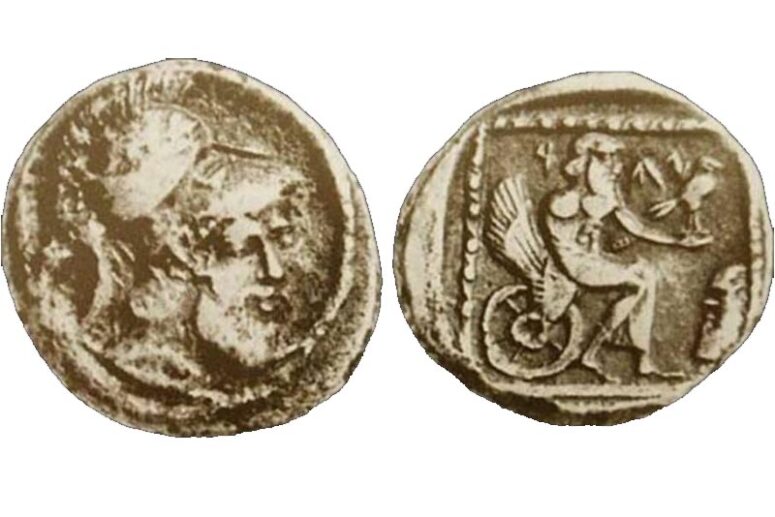
Losing such a coin posed serious problems for the woman, e. g. her husband might think that she had misused it against his will. It may well be that the coin in the parable refers to such a drachma. This also explains why the woman was so happy to have found the small drachma in the semi-darkness, among the dry grass covering the floor.
Christ then compares the woman’s joy to that experienced by God’s angels “over one sinner who repents” (Luke 15:10). In this parable, He reproves the scribes and Pharisees who accused Him of eating with outcasts of Jewish society, such as tax collectors and sinners.
In one of the commentaries on this parable of Christ, attributed by some sources to St. John Chrysostom, the author compares the lost drachma with Adam after the fall, and the woman – with Christ Himself, who atoned for the sins of mankind: “It is necessary, beloved, to say who that woman is who has ten drachmae. She is the wisdom of God whose “ten drachmae” are the angels, archangels, principalities, powers, forces, thrones, dominions, cherubim, seraphim, and, finally, the ancient Adam. This last drachma Adam, torn away by the devil’s malice, drawn into the abyss of life and immersed in sinful pleasures, was returned by the wisdom of God. How was it possible, beloved? Having come from heaven, God’s wisdom took the meager lamp of human body, lit it with the light of divinity, placed it on the candlestick of the Cross, searched for the missing drachma and brought it into the presence of the angels.”
Translated by The Catalogue of Good Deeds
Source: https://foma.ru/zagadka-pritchi-hrista-o-poterjannoj-drahme-chto-takogo-neobychnogo-bylo-v-jetoj-monete.html

